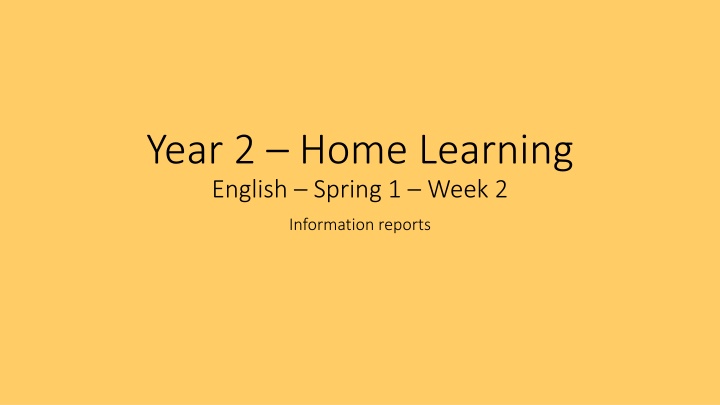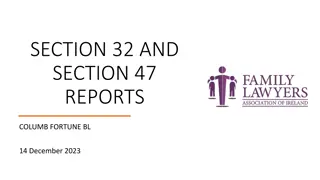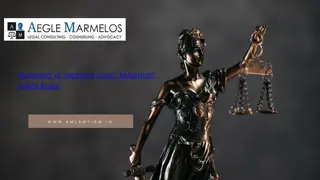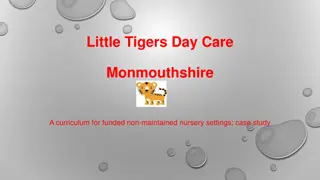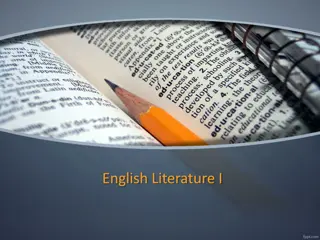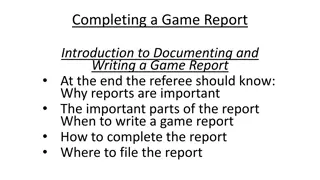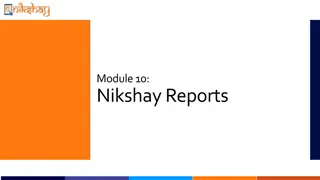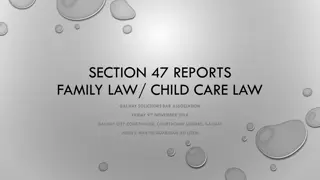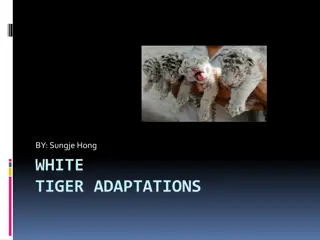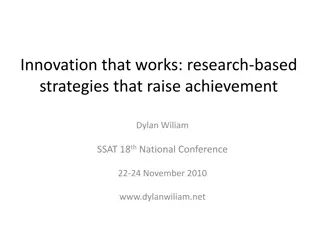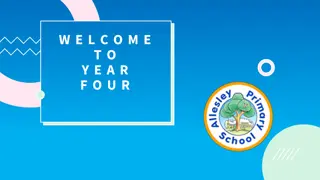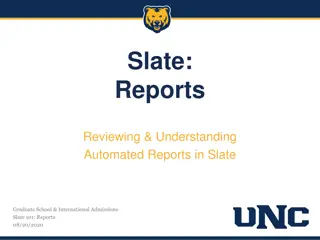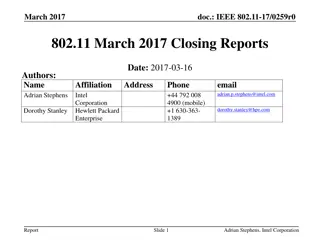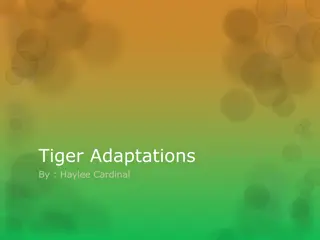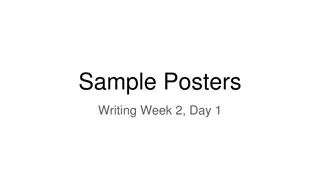Year 2 Home Learning English: Information Reports on Tigers
Week 2 of English spring home learning for Year 2 students focuses on information reports about tigers. The student activities involve watching videos, researching tiger facts, organizing information using maps, retrieving information, and identifying features of an information text. Miss Toole guides students through various tasks, including spelling activities, comprehension exercises, and learning about question marks in SPAG.
Download Presentation

Please find below an Image/Link to download the presentation.
The content on the website is provided AS IS for your information and personal use only. It may not be sold, licensed, or shared on other websites without obtaining consent from the author.If you encounter any issues during the download, it is possible that the publisher has removed the file from their server.
You are allowed to download the files provided on this website for personal or commercial use, subject to the condition that they are used lawfully. All files are the property of their respective owners.
The content on the website is provided AS IS for your information and personal use only. It may not be sold, licensed, or shared on other websites without obtaining consent from the author.
E N D
Presentation Transcript
Year 2 Home Learning English Spring 1 Week 2 Information reports
Day 1 https://classroom.thenational.academy/lessons/to-listen-and-respond- to-an-information-text-64r6ae?activity=video&step=1 Watch the video carefully. Take part in the spelling activity with Miss Toole. Remember that a suffix goes at the end of our word. Miss Toole will be giving you some information all about tigers. While you watch the video, make notes about all of the facts. Once the video is finished could you research some more facts about tigers? Remember notes only need to be a few words and you can use bullet points to organise them.
Day 2 https://classroom.thenational.academy/lessons/to-tell-an-information- text-from-memory-c8wk2t?activity=video&step=1 Miss Toole is back today to show you how to organise your research about tigers using an information map. Listen carefully to the recap of the facts about tigers. Use the template of the information map to organise your research from yesterday. If you would prefer you could create your own information map. Don t forget to use pictures and your notes.
Day 3 https://classroom.thenational.academy/lessons/to-retrieve-information- 61jk4t?activity=video&step=1 Watch the video carefully. Take part in the spelling activity with Miss Toole. Remember that a suffix goes at the end of our word. Listen carefully to the information that Miss Toole will give you about tigers. You will need to remember this information to answer some questions later in the lesson. Once you have had a go at retrieving information with Miss Toole, have a go at the reading comprehension independently. You can add the information from the text into your own information map. Choose which comprehension you feel most comfortable completing. 1 star need support 2 star medium 3 star independent
Day 4 https://classroom.thenational.academy/lessons/to-identify-features- of-an-information-text-read-as-a-writer-74u6ae Follow Miss Toole as she explains the features of an information text. Use the copy of the information text to highlight the features that you can find. Can you make a checklist for the features of an information text? You will need this for the next part of the lesson. Once you have finished the lesson with Miss Toole, use your own checklist to identify the features in the information text about Florence Nightingale.
Day 5 - SPAG Question Marks Question Marks
Perfect Punctuation What are punctuation marks? Punctuation marks are symbols that you see in writing to separate sentences and to clarify meaning. Why are they important? Punctuation marks tell the reader when to take a breath and how the sentence should be read. What punctuation marks do you know? You might have thought of full stops, question marks or exclamation marks. Did anybody think of any others?
Perfect Punctuation: The Full Stop Most sentences will end with a full stop. The sentence after a full stop always starts with a capital letter. Jack had a pony called Bill. Every morning Jack gave Bill a carrot. Can you spot the capital letters and full stops in each sentence?
Perfect Punctuation: The Question Mark A question mark ends a sentence which includes a question. The sentence after a question mark always starts with a capital letter. What are you doing after lunch? Can you spot the capital letter and question mark in this sentence?
Perfect Punctuation: The Quiz or Listen to your teacher reading some sentences. Hold up your or card to show which punctuation mark is needed at the end of each sentence. Hint: If you need to respond (give an answer) to the sentence, then it needs a question mark.
Perfect Punctuation: The Quiz or Cain is going to the fair
Perfect Punctuation: The Quiz or Can you help me find my pencil crayons
Perfect Punctuation: The Quiz or There is your brother
Perfect Punctuation: The Quiz or Is Grandpa coming to visit next week
Now you have practiced using question marks, put your knowledge to the test. Have a go at deciding if each sentence needs a question mark or full stop. 1 star need support 3 star confident and independent
